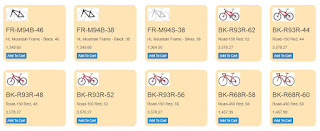Parse And Replace Element Attribute Value Of Script Template Using jQuery
Good afternoon fellow programmers! I recently have a task to load a Script template that contains HTML markup to a page dynamically. But before loading the template, I need to change the attribute values of certain elements such as id and name. However, reading the template object made it difficult for me to convert it to an HTML object so I can traverse and manipulate the DOM. After doing research and some experiments, I found the solution presented below on how to read the value of a Script template and be able to use jQuery methods to traverse and update the DOM elements. Sample Script Template To Load In A Page <script type= "text/html" id= "templateGroup" > <div name= 'divChildSkill_' class= "col-md-12" id= "divChildSkill_" > <div class= "col-md-12" > <div class= "col-md-6" > <div class= "col-md-4" > <label id= "anchorLabel" >...









